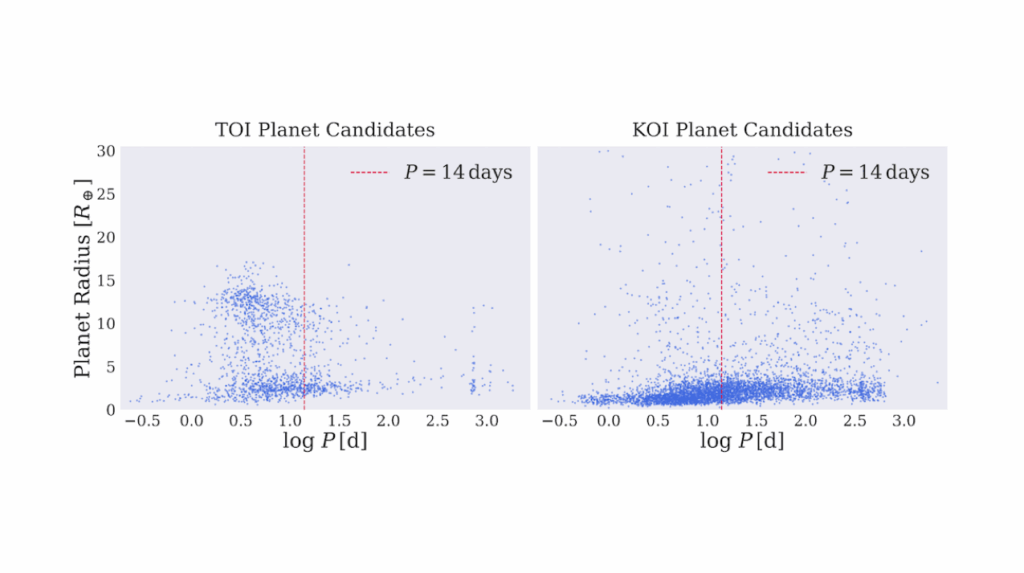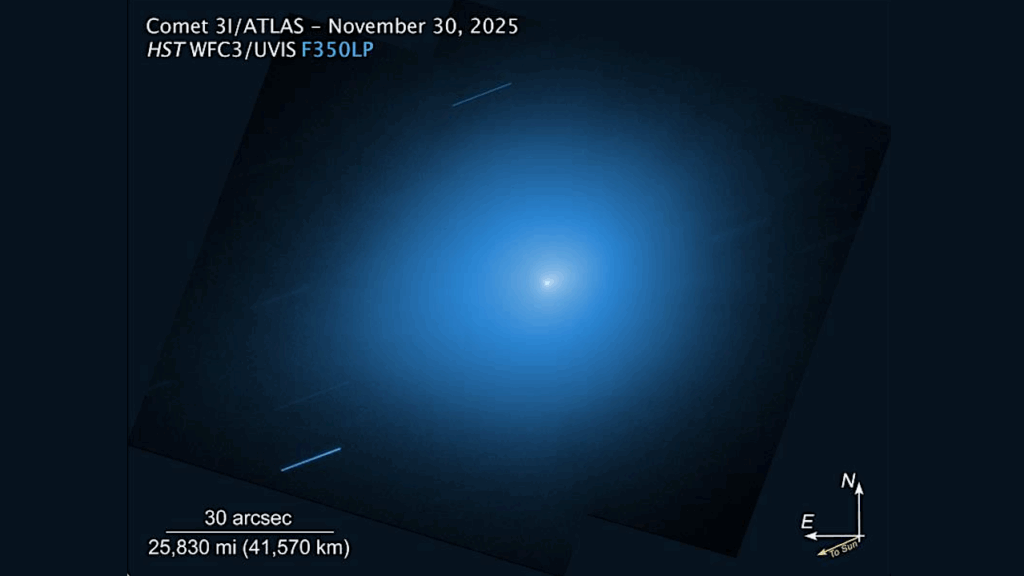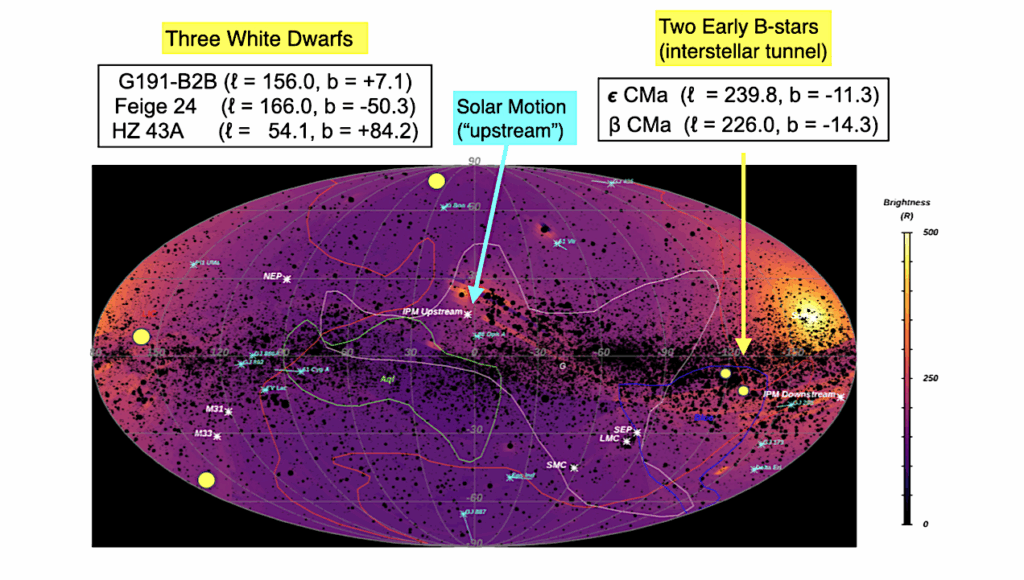X-Ray Luminous Supernovae: Threats To Terrestrial Biospheres

The spectacular outbursts of energy associated with supernovae (SNe) have long motivated research into their potentially hazardous effects on Earth and analogous environments.
Much of this research has focused primarily on the atmospheric damage associated with the prompt arrival of ionizing photons within days or months of the initial outburst, and the high-energy cosmic rays that arrive thousands of years after the explosion. In this study, we turn the focus to persistent X-ray emission, arising in certain SNe that have interactions with a dense circumstellar medium, and observed months and/or years after the initial outburst.
The sustained high X-ray luminosity leads to large doses of ionizing radiation out to formidable distances. We provide an assessment of the threat posed by these X-ray luminous SNe by analyzing the collective X-ray observations from Chandra, Swift-XRT, XMM-Newton, NuSTAR, and others. We find that this threat is particularly acute for SNe showing evidence of strong circumstellar interaction, such as Type IIn explosions, which have significantly larger ranges of influence than previously expected, and lethal consequences up to ∼ 50 pc away. Furthermore, X-ray bright SNe could pose a substantial and distinct threat to terrestrial biospheres, and tighten the Galactic habitable zone.
We urge follow-up X-ray observations of interacting SNe for months and years after the explosion to shed light on the physical nature of the emission and its full time evolution, and to clarify the danger that these events pose for life in our Galaxy and other star-forming regions.
Ian R. Brunton, Connor O’Mahoney, Brian D. Fields, Adrian L. Melott, Brian C. Thomas
Comments: 18 pages, 5 figures. Comments welcome
Subjects: High Energy Astrophysical Phenomena (astro-ph.HE); Solar and Stellar Astrophysics (astro-ph.SR)
Cite as: arXiv:2210.11622 [astro-ph.HE] (or arXiv:2210.11622v1 [astro-ph.HE] for this version)
https://doi.org/10.48550/arXiv.2210.11622
Focus to learn more
Submission history
From: Brian Fields
[v1] Thu, 20 Oct 2022 22:33:56 UTC (391 KB)
https://arxiv.org/abs/2210.11622
Astrobiology








